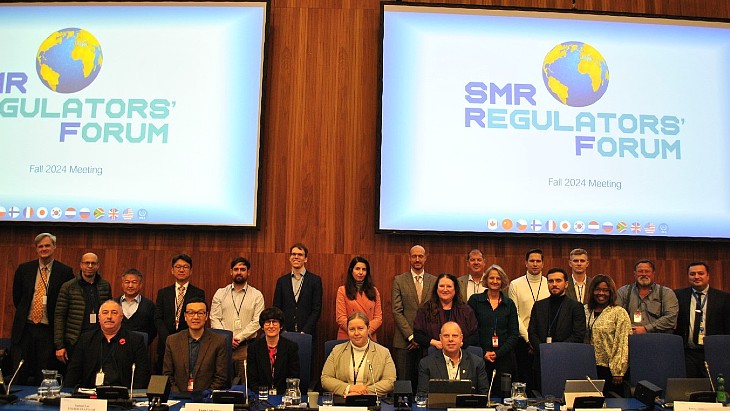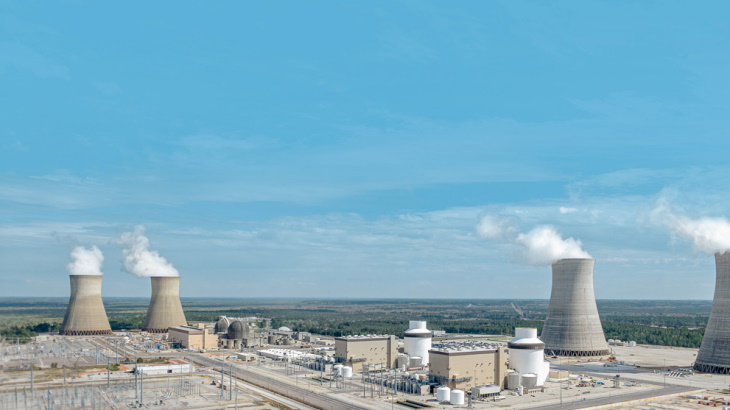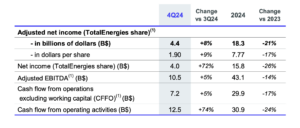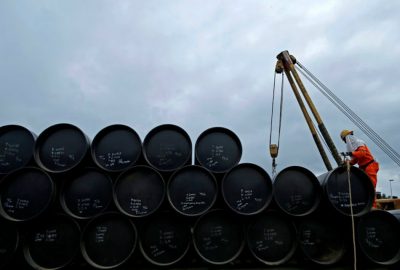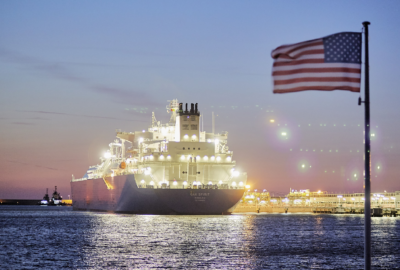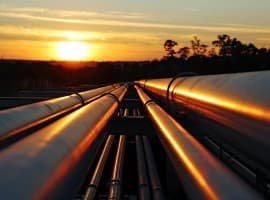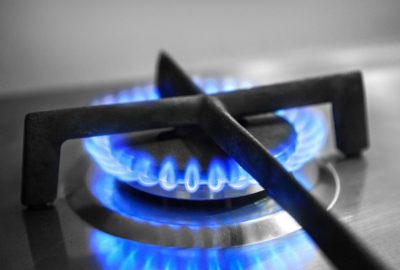Monday, 6 January 2025
_99697.jpg)
The Section 45V Clean Hydrogen Production Tax Credit, established under the 2022 Inflation Reduction Act, aims to support the deployment of clean hydrogen produced from various pathways. But for hydrogen produced from electricity, the initial version of the rules published just a year ago proposed that only clean power generators that began operating within three years of the hydrogen facility entering service would be eligible – effectively eliminating most existing US clean energy generating capacity, including nuclear.
The which have now been released by the US Department of the Treasury and Internal Revenue Service (IRS) “include significant changes and flexibilities that address several key issues to help grow the industry and move projects forward, while adhering to the law’s emissions requirements for qualifying clean hydrogen'” the Treasury said. “With the inclusion of these changes, the final rules provide clarity, investment certainty, and flexibility, including for participants in projects planned as part of the US Department of Energy’’s Regional Clean Hydrogen Hubs programme.”
The final rules still retain the requirement for electricity generation used for hydrogen production to be “incremental” to existing capacity, but provide additional pathways for demonstrating incrementality, including exceptions for nuclear plants: for nuclear plants that are “at risk of retirement” up to 200 MW per qualifying reactor may be considered incremental, which “reflects the fact that certain nuclear reactors are at greater risk of retirement based on certain economic factors, and if a nuclear retirement is averted then the additional demand from hydrogen production will not have induced emissions”.
Under the final rules, electricity generated in states with “robust GHG emissions caps paired with clean electricity standards or renewable portfolio standards” meeting certain criteria will also be considered incremental.
The final rules were developed after consideration of some 30,000 public comments and “many months of intensive collaboration” between Treasury, IRS, and agencies including the Department of Energy and the Environmental Protection Agency.
“Over the past two years, our administration has listened to stakeholders across the hydrogen industry, states, advocates, and others,” said John Podesta, Senior Advisor to the President for International Climate Policy. “The extensive revisions we’ve made in this final rule provide the certainty that hydrogen producers need to keep their projects moving forward and make the United States a global leader in truly green hydrogen.”
Joe Dominguez, president and CEO of the USA’s largest producer of carbon-free energy, Constellation, said the company was “pleased” that the Treasury had “changed course” to a final rule allowing a significant portion of the existing merchant nuclear fleet to earn credits for hydrogen production. “Our customers need access to reliable nuclear energy in order to transition to clean hydrogen and other sustainable technologies as they reliably power their businesses and drive economic growth for our nation,” he said. “While any incrementality limit is incompatible with the conclusion that clean hydrogen customers should be able to use reliable nuclear energy from America’s fleet of plants, the final rule is an important step in the right direction,” he added.
Several of the regional clean hydrogen hubs announced in 2023 as recipients of some USD7 billion in federal funding to accelerate the commercial-scale deployment of low-cost, clean hydrogen envisage using nuclear energy. Constellation is a major participant in the MachH2 hub, planning to build the world’s largest nuclear-powered clean hydrogen production facility at its LaSalle Clean Energy Center in Illinois, and said it is carefully reviewing the impact of the final rules as well as newly proposed electric transmission charges on the feasibility of the project and the company’s role in the hub.


